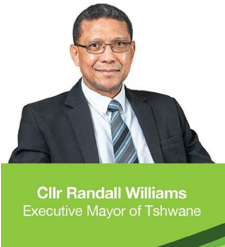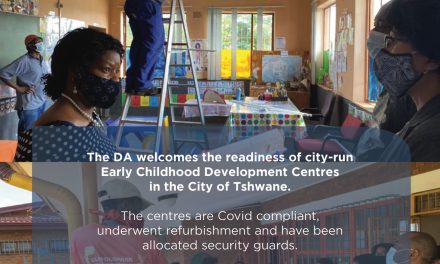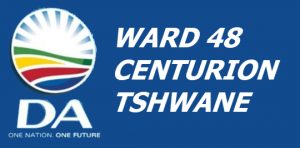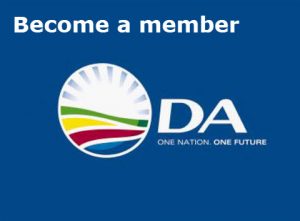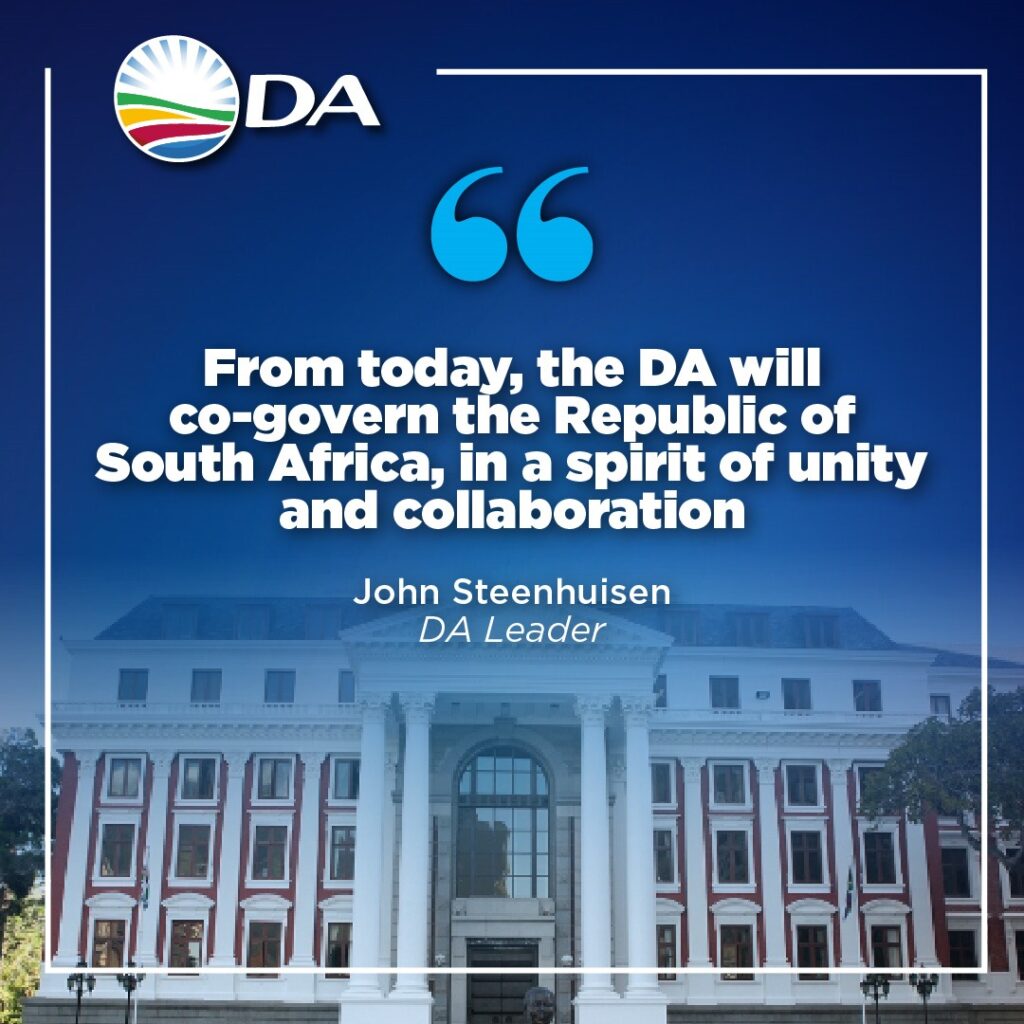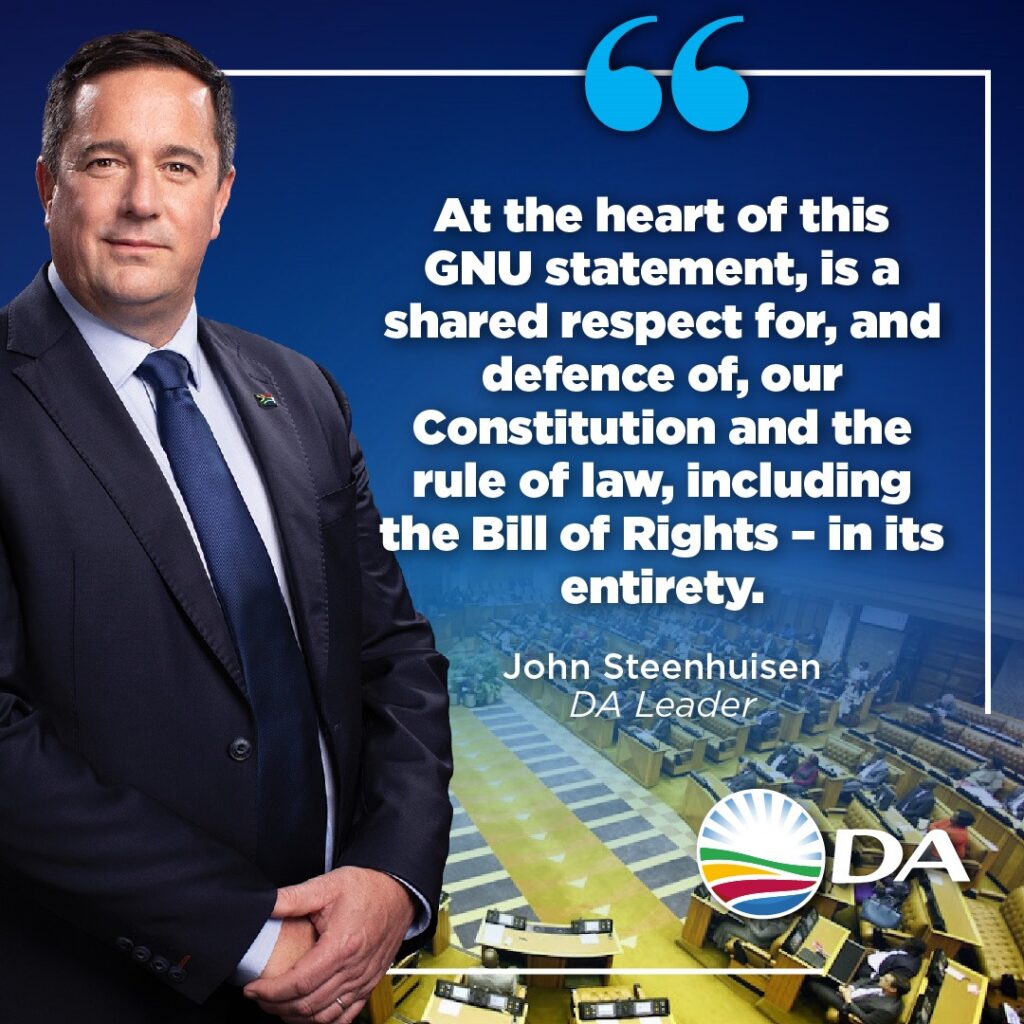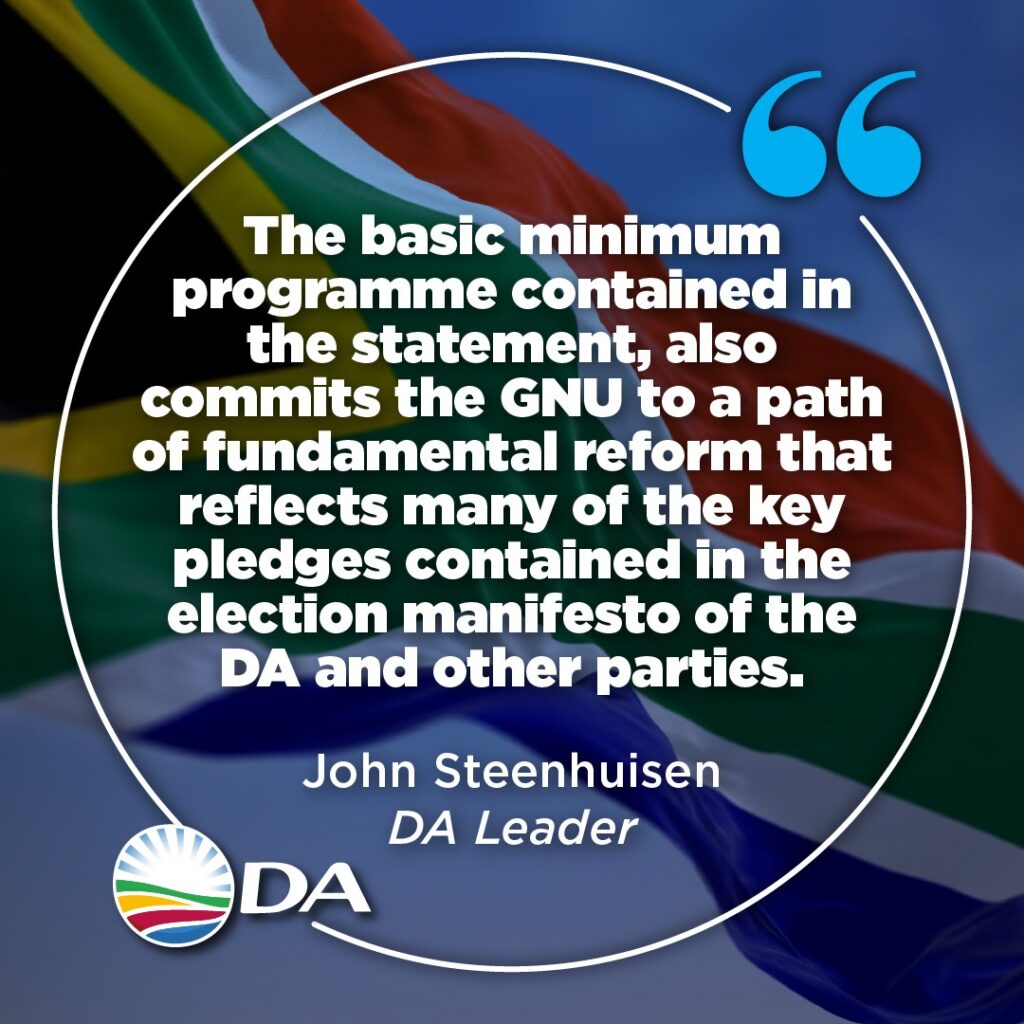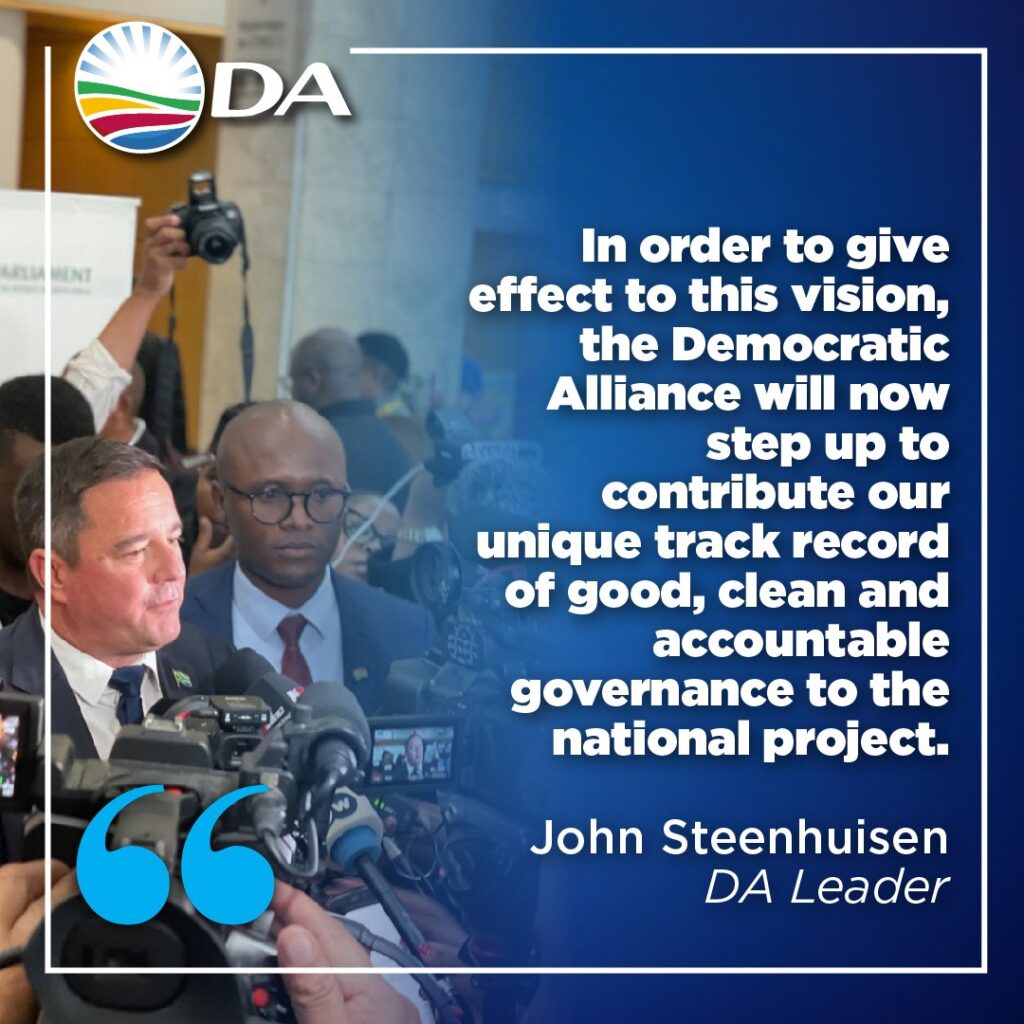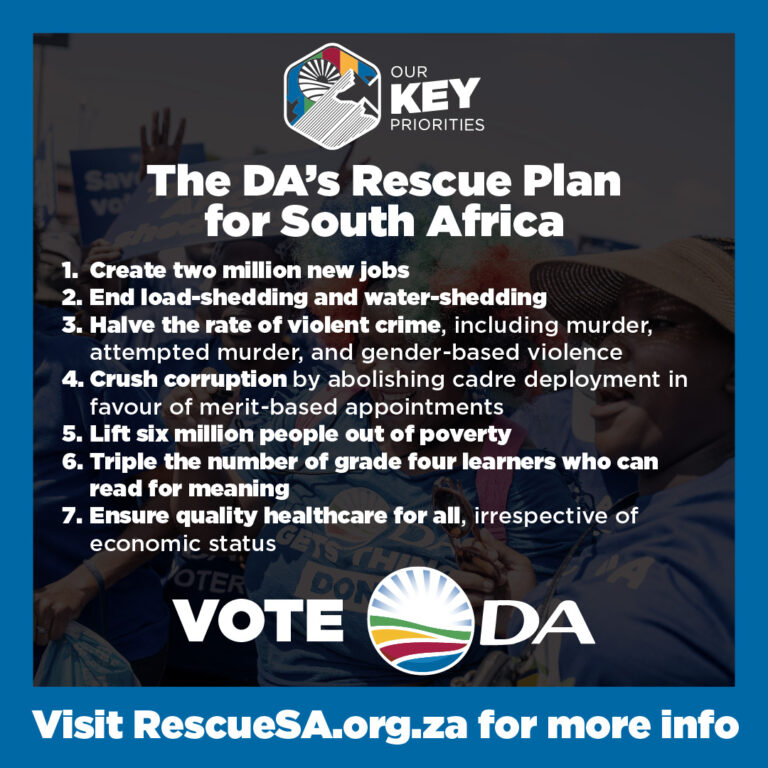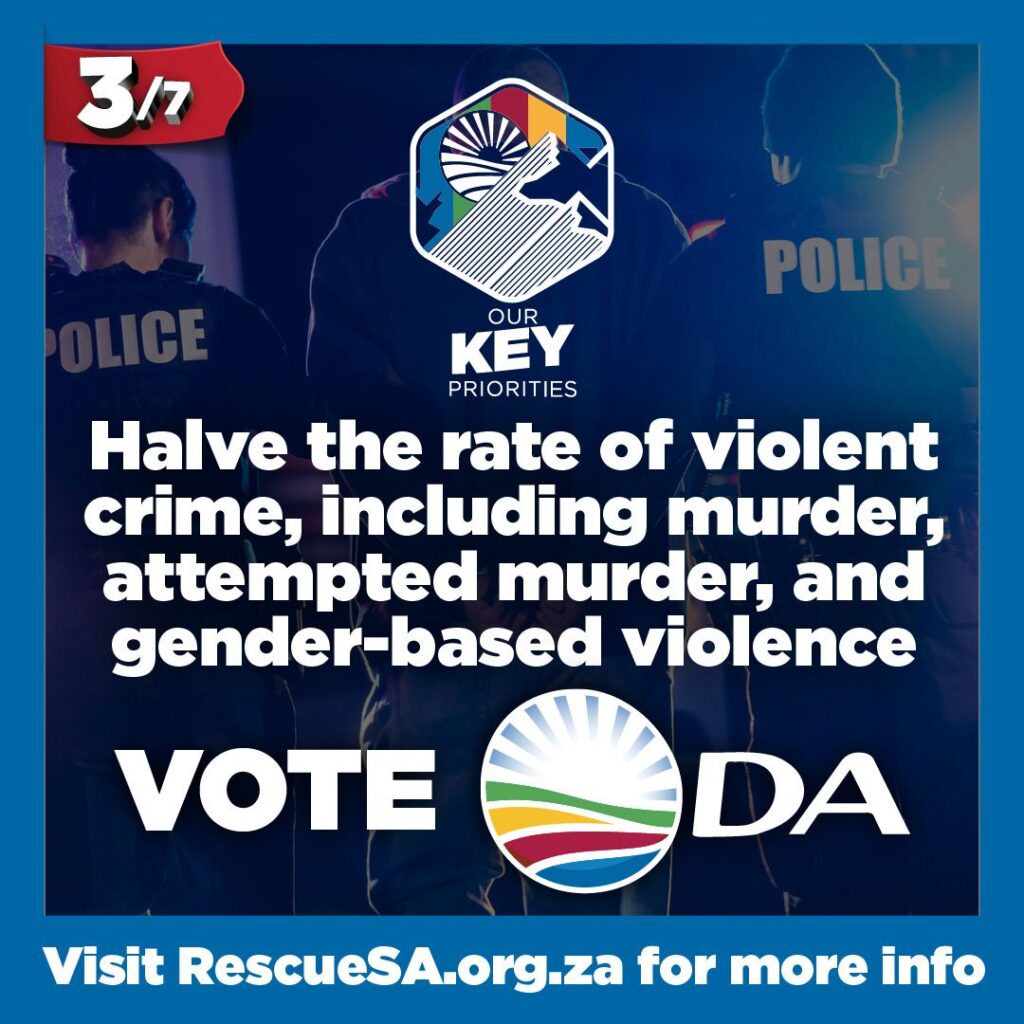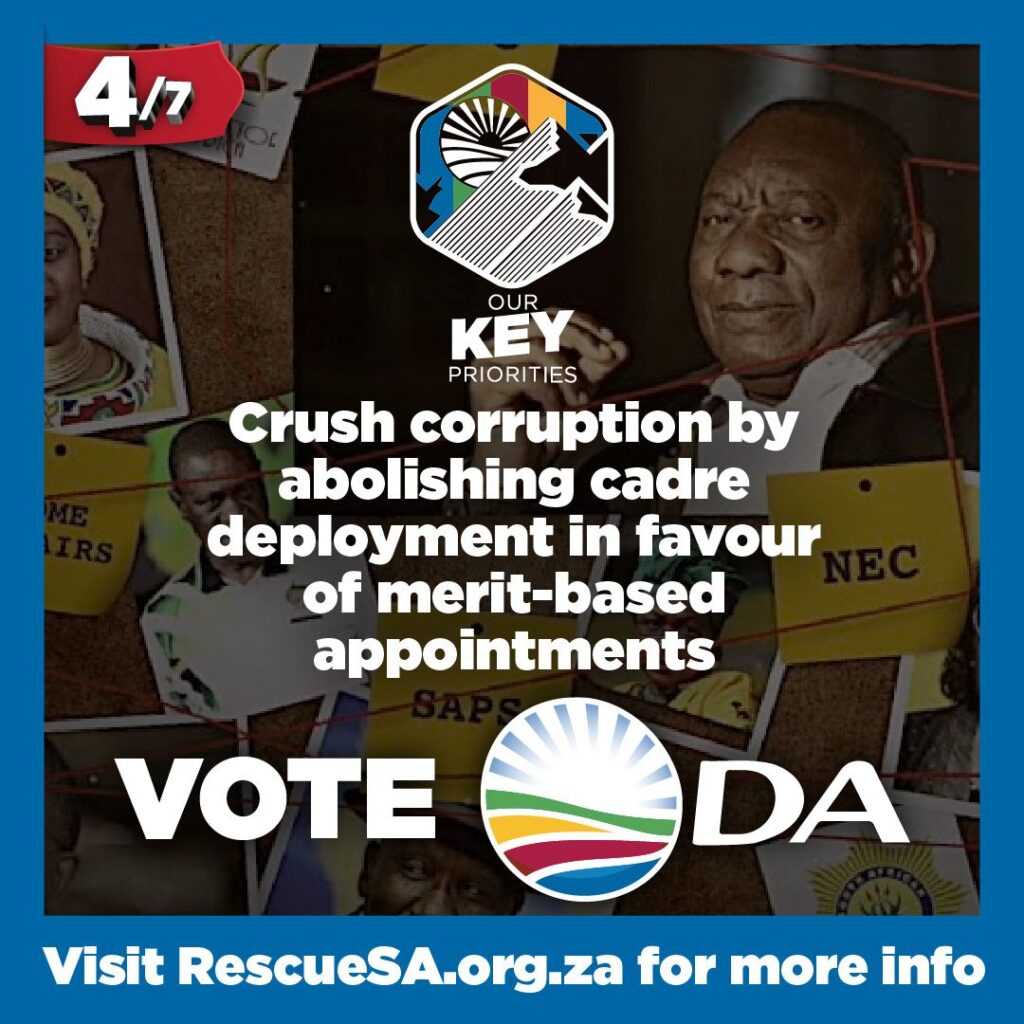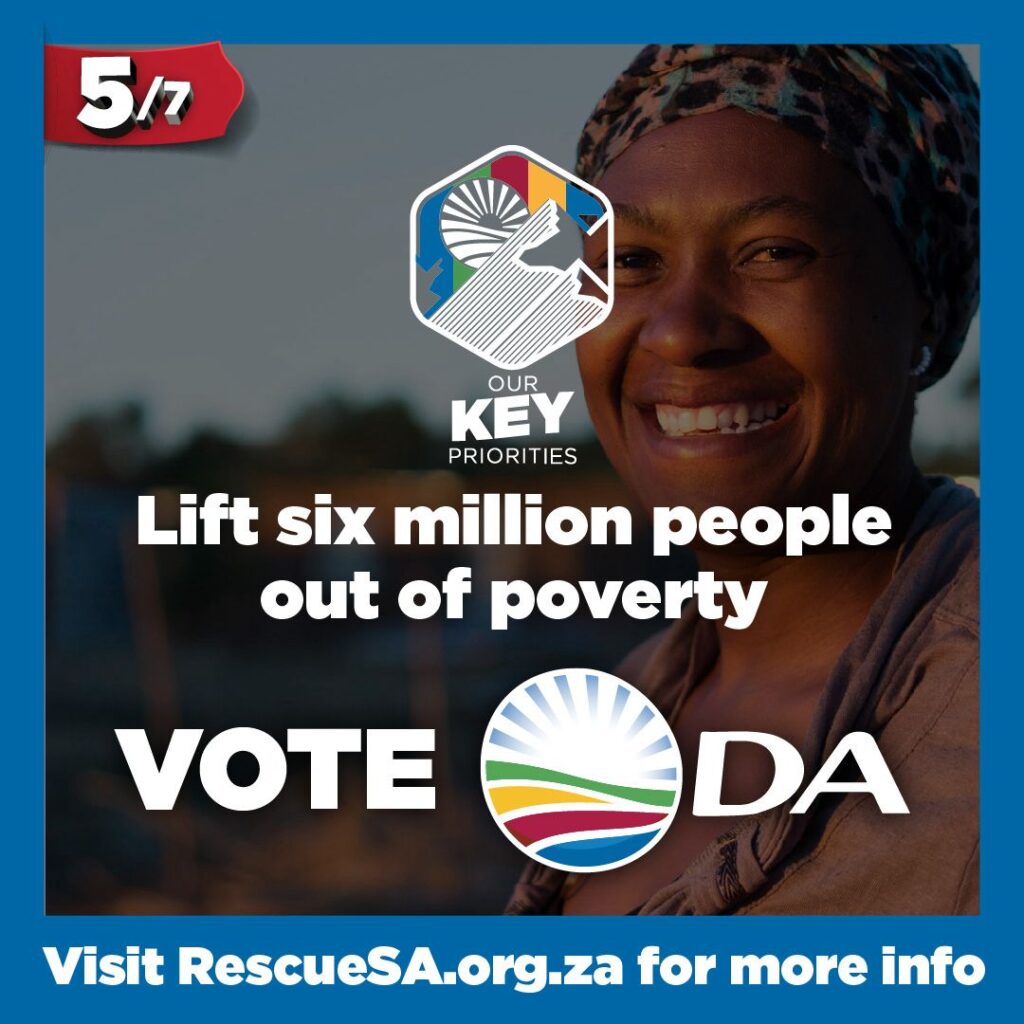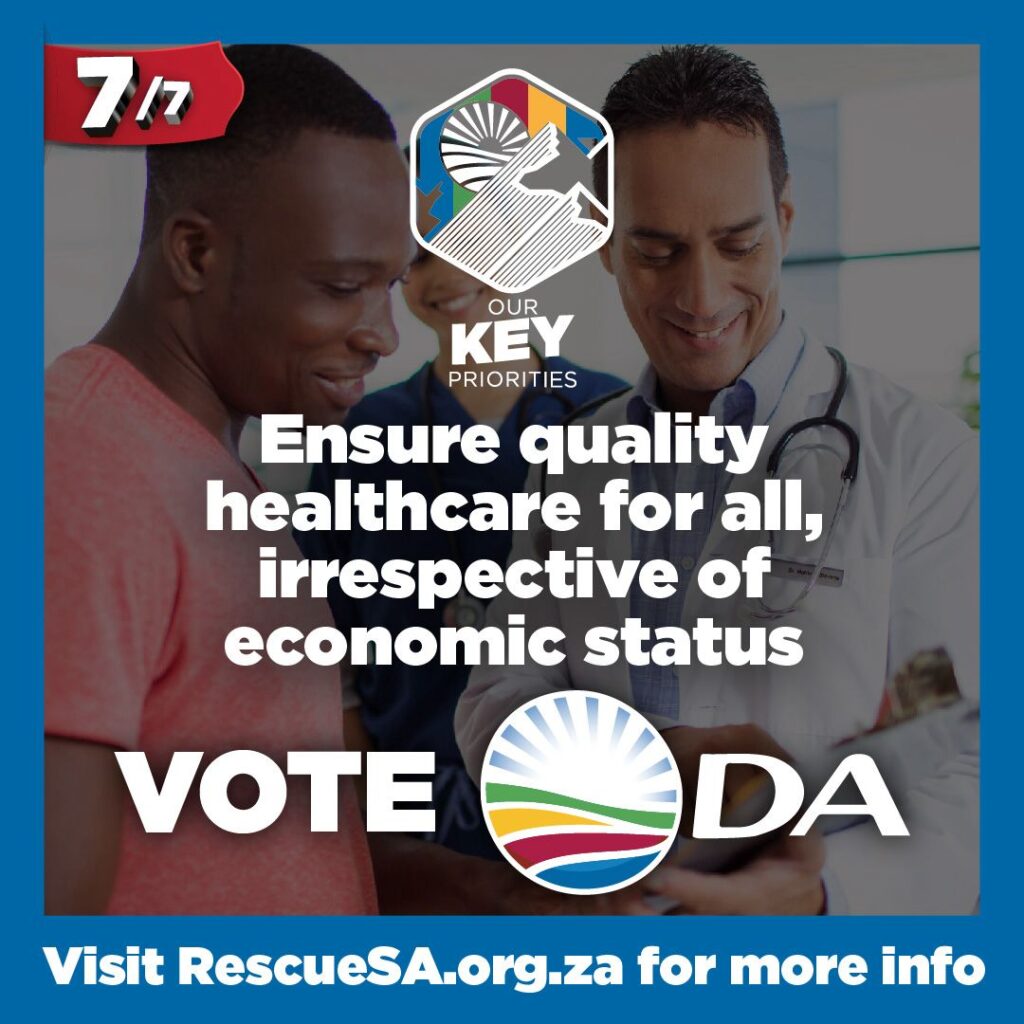Are South Africa’s opposition-led coalition metros flexing their muscles?

The Star/Itumeleng English
Marius Pieterse, University of the Witwatersrand
City governments around the world are increasingly challenging nation states when it comes to development, human rights and governance. In the US, for instance, cities are asserting themselves against federal or state governments on controversial issues like environmental standards.
Most cities are pledging to meet Paris agreement targets, even though President Donald Trump has withdrawn from the accord. On immigration, some US and UK cities are declaring themselves to be “sanctuary cities”. They are refusing to cooperate with national authorities when it comes to handing over “illegal” immigrants.
National governments often squash cities’ attempts to assert themselves. This happens especially when cities don’t have much constitutional scope to govern themselves. It also typically occurs when cities mostly depend on national government for their resources.
In South Africa, local governments enjoy significant constitutional autonomy. They have the right to run local government affairs on their “own initiative”. They also have executive and even some legislative powers to administer a whole range of functional areas. National and provincial governments may not compromise municipalities’ right to exercise these powers.
South Africa’s metropolitan governments further raise large portions of their revenue themselves. This makes them remarkably financially independent by international standards.
This means that South African municipalities could easily flex their muscles against the national and provincial tiers of government.
The surprise takeover of three metropolitan municipalities by coalitions, led by the main opposition party the Democratic Alliance (DA), after local government elections last year, therefore opened up interesting possibilities.
The DA had controlled the City of Cape Town since 2011 after governing there by coalition since 2006. But all other metropolitan municipal councils in South Africa were comfortably controlled by the African National Congress (ANC), until the 2016 elections.
The ANC lost its majority in Nelson Mandela Bay in the Eastern Cape, as well as in two metropolitan councils in Gauteng: the national capital, Tshwane, and Johannesburg, the country’s economic hub.
Coalition metros one year on
Ongoing research I’m doing looks at what’s emerged in the first year of these three new non-ANC city governments. Unlike Cape Town, these three cities don’t have the benefit of a politically sympathetic provincial government. Their loss was also a major political humiliation for the ANC.
So some intergovernmental conflict, such as that seen in the US and elsewhere, seemed inevitable.
But my preliminary conclusion is that the coalitions aren’t showing signs of rebelliousness, at least not yet. Apart from some moves against Nelson Mandela Bay’s mayor Athol Trollip, there also hasn’t really been much push back from the ANC.
Certainly, post-election victory speeches hinted that some muscle-flexing might be on the cards. All three mayors vowed to squash corruption, increase the financial health of their cities and redirect spending to infrastructure upgrades and basic service delivery.
The mayors of Johannesburg and Tshwane also seemed to send a message that national and provincial ANC governments had to stand back.
Solly Msimanga, the mayor of Tshwane, announced that he would ban “blue light brigades” through the streets of Tshwane. He also visited Taipei on “official” city business, seemingly ignoring national government’s diplomatic agreements with mainland China, and thereby causing it embarrassment.
Herman Mashaba, the mayor of Johannesburg, threatened to withdraw Johannesburg from the South African Local Government Association. He also instructed metro police officers not to assist in enforcing the extremely unpopular e-tolls levied by the provincial government on Gauteng highway users.
But the mayors have since mostly backtracked from all this big talk. This is perhaps because most of their high profile threats involved areas of governance that fell outside of the mayors’ legal competence.
E-tolls were never within the enforcement mandate of the metro police anyway. Also, only a few blue light authorisations fell within municipal jurisdiction. And, withdrawing from the local government association would require a resolution of the entire metropolitan council, and would lead to a loss of national political influence.
This is not to say that the Metros have done nothing.
Achievements so far
Municipal economic development projects, which do fall within their powers, were significantly overhauled. For example, Mashaba squashed initiatives that were driven by the ousted ANC in Johannesburg, such as mushroom farms, solar bakeries and the “Jozi at Work” job-creation initiative.
All three cities further insisted that provincial governments pay up overdue rates and service charges. All purged “old-regime” staff implicated in corruption investigations, and all rejigged housing and service delivery structures. Johannesburg even pledged to reintegrate all municipal service delivery entities into the city.
When it finally came round to passing budgets and development plans of their own, the coalition Metros were all rather prudent. All three committed to refocused, developmental, service-focused governance free from “vanity projects”. They also promised more responsive, transparent and open governance. And all three put their money where their mouths were.
But all three also committed to constructive intergovernmental relations. Their development plans were further mostly aligned to national and provincial priorities, just like those of their predecessors.
![]() For the moment, then, the Constitution’s commitment to cooperative government seems to be winning over political ambitions to chart a radically different governance path. Given the many storms brewing at national level, this local prudence is welcome, and certainly wise.
For the moment, then, the Constitution’s commitment to cooperative government seems to be winning over political ambitions to chart a radically different governance path. Given the many storms brewing at national level, this local prudence is welcome, and certainly wise.
Marius Pieterse, Professor of Law, University of the Witwatersrand
This article was originally published on The Conversation. Read the original article.
